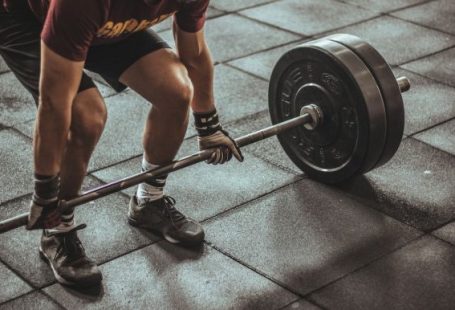Every athlete knows that in order to excel in their chosen sport, they need to push their bodies to the limits. While general fitness training is important, sports-specific training is the key to unlocking your full potential. By tailoring your workouts to mimic the movements and demands of your sport, you can take your athleticism to the next level. In this article, we will explore the benefits of sports-specific training and provide tips on how to incorporate it into your routine.
Understanding the Benefits of Sports-specific Training
Sports-specific training is designed to enhance the specific skills and physical attributes required for a particular sport. By focusing on the specific movements, energy systems, and muscle groups used in your sport, you can improve your performance and reduce the risk of injury. Here are some key benefits of sports-specific training:
1. Improved Performance: By training the movements and skills specific to your sport, you can enhance your performance on the field or court. For example, a basketball player may focus on agility drills, vertical jumps, and shooting techniques to improve their game.
2. Injury Prevention: Sports-specific training helps to strengthen the muscles and joints used in your sport, reducing the risk of common injuries. By targeting weak areas and improving flexibility, you can enhance your body’s ability to withstand the demands of your sport.
3. Enhanced Power and Speed: Sports-specific training can help you develop explosive power and speed, which are crucial in many sports. By incorporating exercises that mimic the quick bursts of movement required in your sport, you can improve your reaction time and overall speed.
Incorporating Sports-specific Training into Your Routine
Now that you understand the benefits, it’s time to incorporate sports-specific training into your routine. Here are some tips to get you started:
1. Analyze Your Sport: Take the time to analyze your sport and identify the specific skills, movements, and energy systems required. This will help you tailor your training program to focus on these areas.
2. Consult a Coach or Trainer: If you’re unsure how to design a sports-specific training program, consider consulting a coach or trainer who specializes in your sport. They can provide guidance and create a customized plan based on your goals and abilities.
3. Mimic Sport-specific Movements: Incorporate exercises that mimic the movements used in your sport. For example, a golfer may focus on rotational exercises to improve their swing, while a soccer player may incorporate drills that simulate game situations.
4. Include Strength and Conditioning: While sports-specific movements are important, don’t neglect overall strength and conditioning. Include exercises that target the major muscle groups and improve cardiovascular fitness to support your sport-specific training.
5. Progression and Variation: As with any training program, it’s important to gradually increase the intensity and vary the exercises to continue challenging your body. This will prevent plateaus and keep your training sessions interesting.
Conclusion: Elevate Your Performance with Sports-specific Training
If you’re serious about taking your athleticism to the next level, sports-specific training is a must. By tailoring your workouts to mimic the movements and demands of your sport, you can improve your performance, reduce the risk of injury, and enhance your overall athletic abilities. Take the time to analyze your sport, consult a coach or trainer, and incorporate sport-specific movements into your routine. With dedication and consistency, you’ll be well on your way to reaching new heights in your athletic journey.





